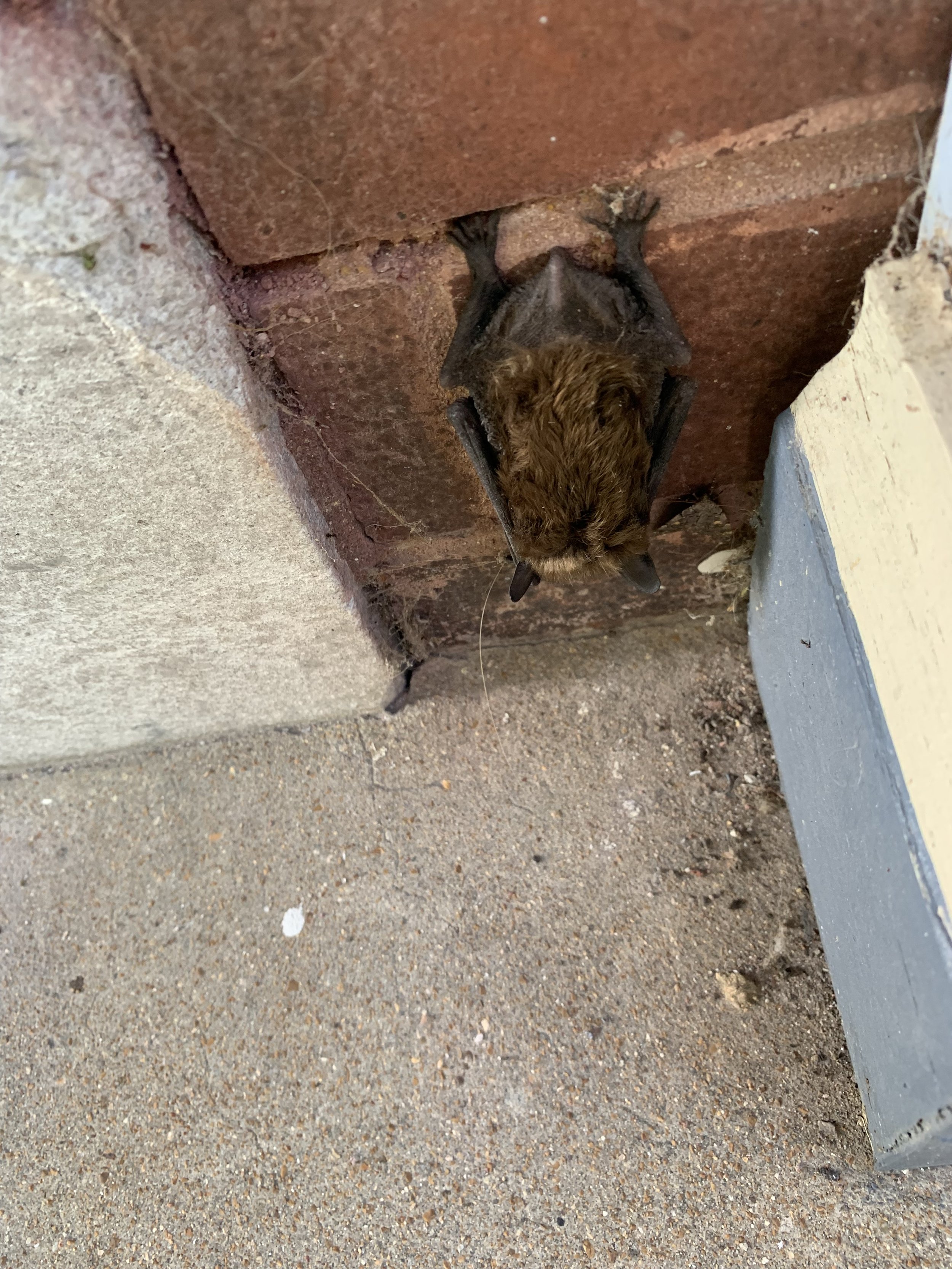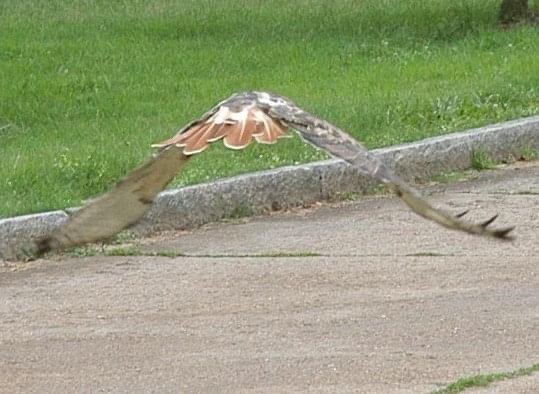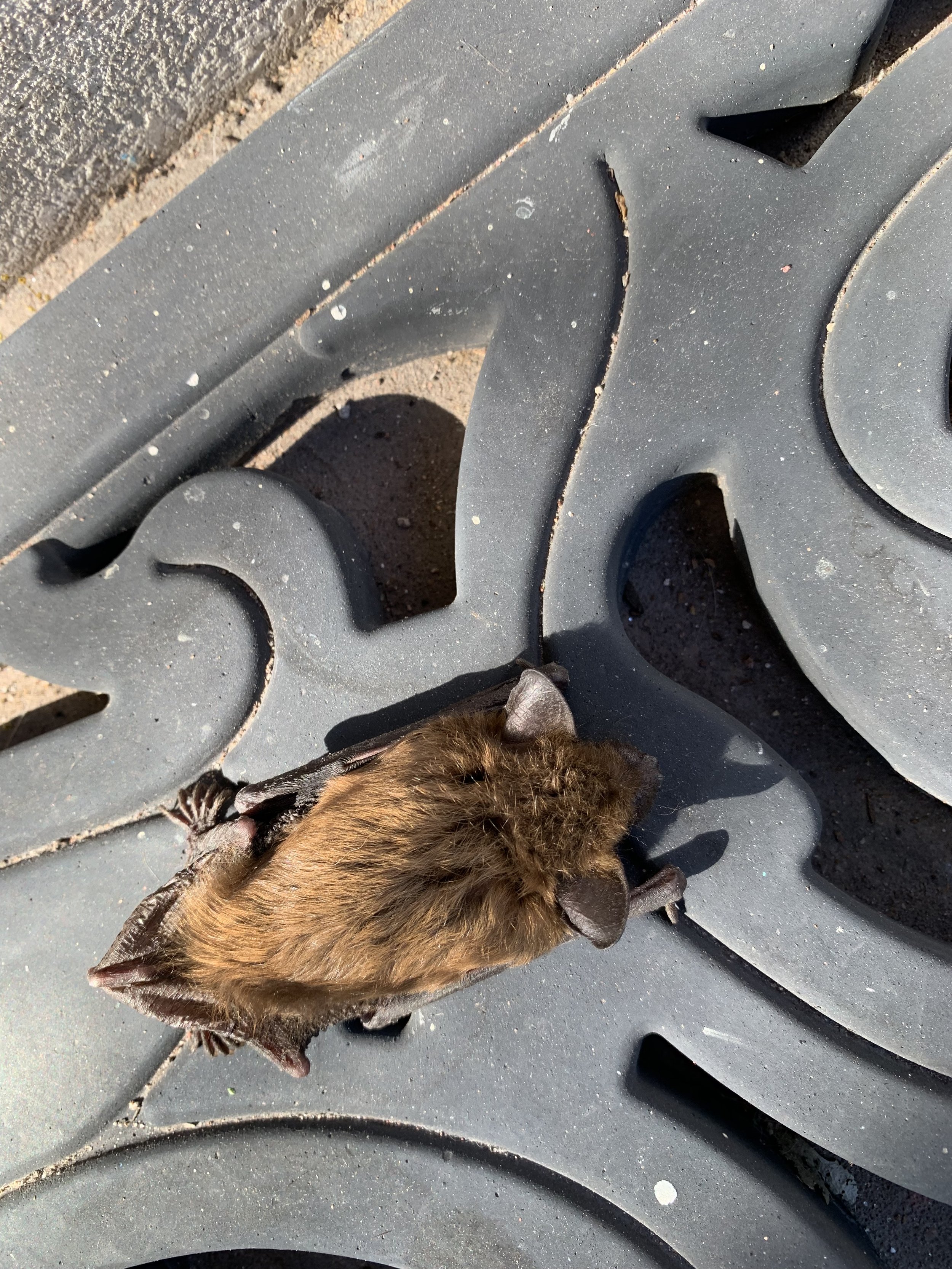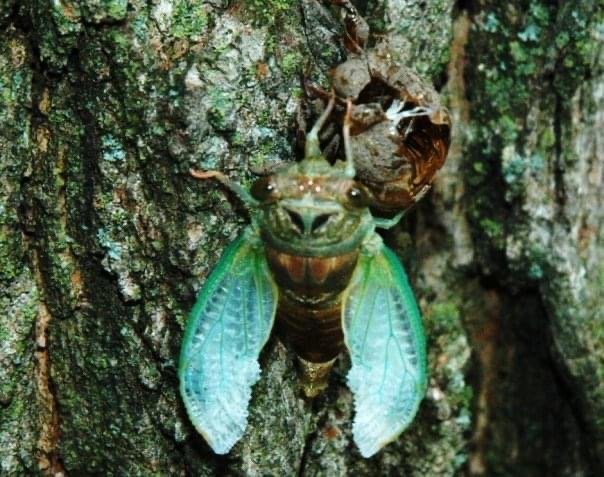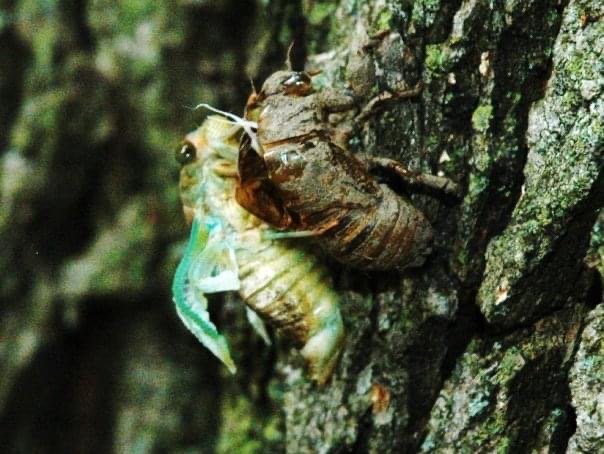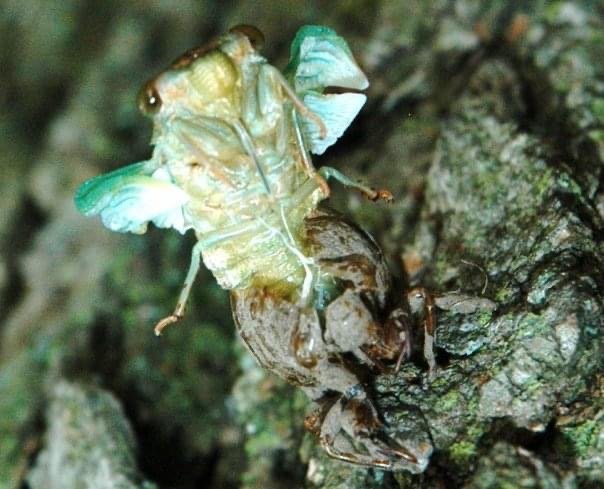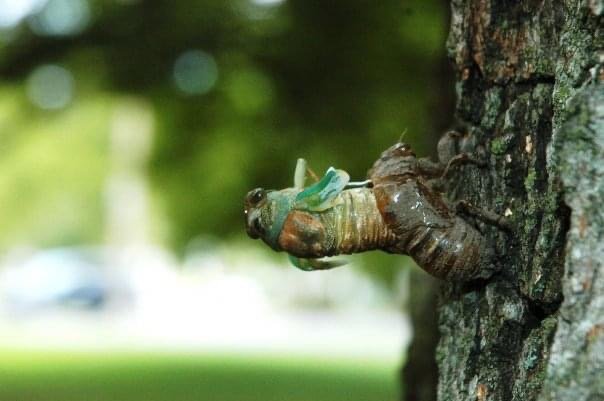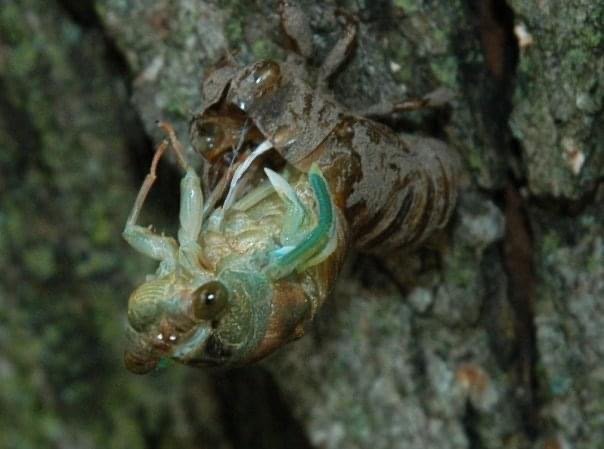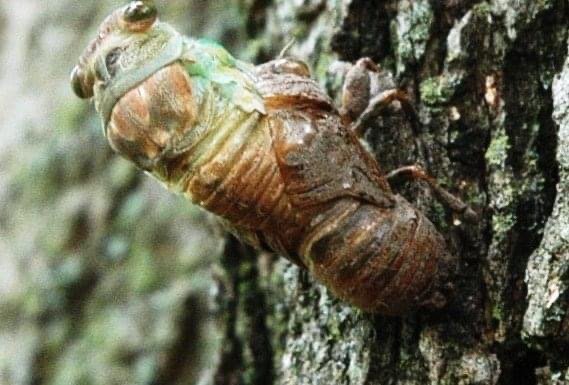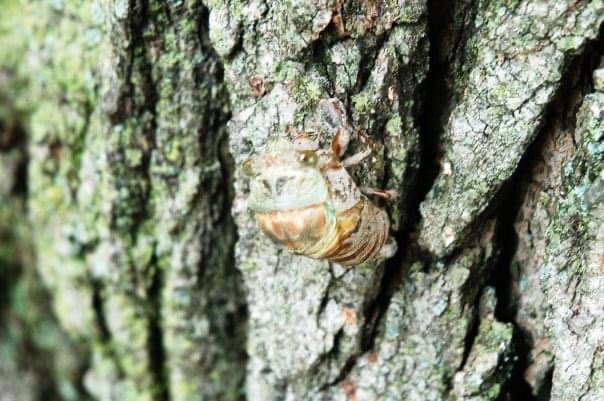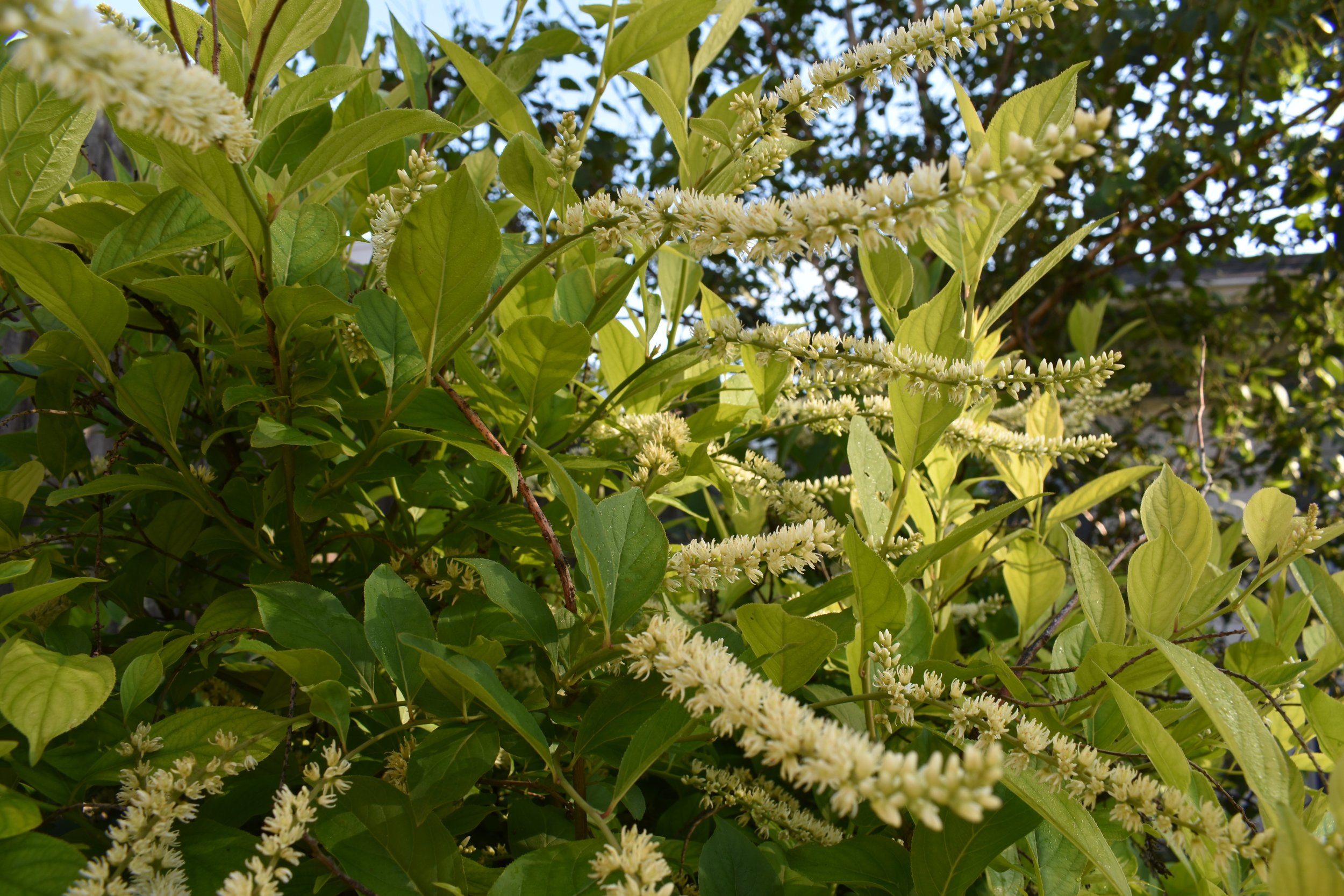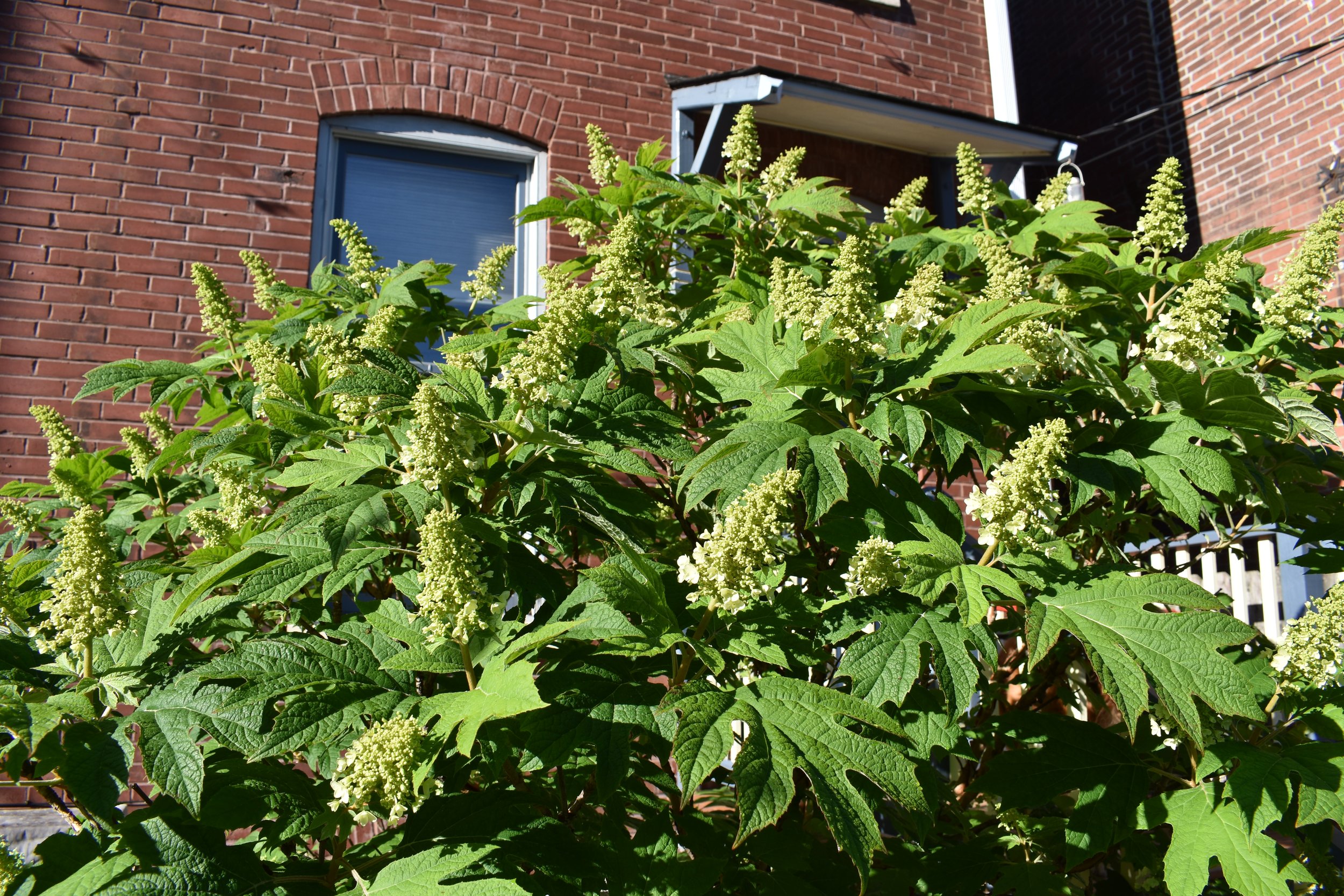As life marches on and our kids leave the nest one by one, we can start to see a future with more time focused on self-interests. Time for new hobbies, new pursuits and new interests on the horizon. Bird watching, magnet fishing, metal detecting, insect photography…these have all been discussed.
See, I just let you into the nerd world of your narrator a bit there. Yes, I am a simple man.
This website continues to be a place to share and talk city stuff. Urban pursuits and St. Louis light historic exploration will always be a top interest. But, as a city dweller, you can have both nature/outdoors and city stuff in your life.
Without exception, the two most fascinating dichotomies of our combined persona as a couple is the love of gritty city/people/music and nature. It’s kept us together as a couple for decades and it constantly fluctuates between the two keeping us interesting in talking to each other. I’ve been with my girl since I was a teenager, we’ve lived nearly the same childhood/suburban experience. But our love and longevity is rooted in plants, animals, good food and St. Louis/other gritty cities and fancy cities.
Our city stories are pretty well documented here for us to look back on, but our nature stuff is not as much.
So, I wanted to share/type out some stuff to cement these memories for our kids to look back on if they choose to do so in years to come.
We used to live in Boulevard Heights across from St. Marcus Commemorative Park. Red tailed hawks and Coopers hawks were our favorite species to observe from our front porch. Watching them hunt was a joy. Squirrels were common sustenance for the hawks. They would wait until they had a game plan for the big descent. They were locked in, you can watch their heads in focus from a tree or in mid-flight. They usually eat the guts and leave the muscle and rest of the squirrel behind. They also ate mourning doves. I had no idea that hawks ate other birds until then. The unsuspecting doves would be on the ground and out of nowhere comes the hawk in what looks like an explosion of plumage and talons. May the circle be unbroken. Everybody’s gotta eat. And hawks are survivors in the city.
Our kids were little when we lived in Boulevard Heights. We went through a rocket building phase when we had plenty of space to launch those Estes rockets that every parent/guardian who’s had a boy scout are probably familiar with. Those things bring out the kid in me and we built a massive one that went up about 10 feet, started to fall a bit and like a laser guided drone, the second stage of the engine went off and it shot straight into a mess of honeysuckle and cottonwood trees. A fox was spooked out of the brush and ran like hell out of that area. You are never alone. It was hard to believe a fox was living that close to people…people with rockets.
We later moved to a more dense, older part of the city with a postage stamp front and backyard. One of our first changes was to remove the grass from the front and landscape if for a no-mow situation. I’m one part lazy lawn mower, one part a perennial flowering plant lover with a dash of half-assed environmentalist.
We hired a landscape designer to do the heavy lifting and worked closely with them on the species selections. The star of the show was a serviceberry tree. This tree bears flowers which are bait for native pollinators and European honey bees. The fruit is then bait for birds. Two waves of interest for us observing out the living room window.
One year a flock of cedar waxwings descended and cleaned the tree of fruit in two days. They set up shop in the now gone street trees across the way and worked it over. We loved it. It was fascinating. This year and most others, it’s robins and the European shitbird, the starling. But that year was magical with the cedar waxwings.
A fascination with songbirds was born.
Bats live in our parapet and nearly every other house on my block. We sit in the backyard at dusk to watch them exit their daytime home and complete their nocturnal insect feeding binge. It is like a Scooby Doo cartoon watching them get it going. They buzz us in the backyard, and yes, we can hear them in the walls and sometimes they get in the house…but we are cohabitants of this 115 year old house.
Later, my wife was going through a tough patch in her life during COVID. Family stuff, death of loved ones, just life…
There is a family of egrets/herons in the Central West End. which we didn’t know about at the time, but have since visited many times. These majestic birds set up shop in an abandoned building and were all over St. Louis feeding and raising their young. She claimed they were her saviors, looking out for her, when she seemingly saw them all over the city at her lowest of times.
We were sitting in our backyard just last night and she said “look, look, look!” and there was one soaring over the neighborhood.
My heart!
Further, friends invited us to Forest Park one night, and we walked from their home in the Skinker-DeBaliviere Neighborhood. There were dead fish all over the sidewalks when we entered the park right off of Lindell Bouleverd. Our west end friends were like “no big deal” the egrets eat fish out of the ponds and drop them everywhere. Again, smitten with the life that is close, but unfamiliar amongst us.
We dedicated a wall in one of our rooms to this experience.
We also used to live in the Holly Hills Neighborhood near Carondelet Park. I have many stories of interactions with wildlife there, but I am going to pass the mic to my sister to get her perspective on experiences. We are routinely sharing crazy city-living animal stories year after year.
“On Monday nights I do yoga in Carondelet Park. Facing Horseshoe Lake I saw three geese gathered for what looked like an important meeting on the hill, not far from a couple on a picnic blanket. Trying to maintain a balance position, I observed two large white egrets flying in the blue sky. They landed in a dead tree that belonged on the Tragedy of Macbeth’s film set. I discovered it’s easier to hold a balance pose when captivated by white egrets in a spooky tree. Then the showstopper arrived: a curious fawn walked right up to our class and looked at us south city yogis in our warrior poses before returning to the edge of the trees. I saw a man reel in a fish that dangled on the line. And that was what I witnessed from 5:30-6:30 in the park a block from my home.
Then last Saturday morning I was walking home from the YMCA and heard loud squawking. A large hawk was being run out of town by a flock of starlings (or grackles ?) and a blue jay went straight for the beleaguered hawk’s head with a pointed beak and nailed him. The hawk flew across the street into a tree trying to escape and the gang of small birds pursued him. Should I root for the flock of Davids battling the Goliath or should I feel sorry for the big bird bullied by the masses?
Again in Carondelet Park, again walking home from the YMCA, I noticed a female duck in a small sinkhole pond and then I saw three ducklings trying to swim. The mother followed them as they inexpertly tried out some moves. One duckling was slower and more awkward and the mother stayed nearby that one. I watched that sweet scene for a good five minutes, transported back to swimming lessons with my kids who have since left our nest. My heart felt fuller seeing that good mother duck and her awkward ducklings eagerly exploring our world.”
Since we moved to Fox Park, we started spending a lot of time in Compton Reservoir Park. While the memories are mostly snow sledding and tennis with the kids, we witnessed a den of foxes who set up shop in a staircase leading up to the reservoir. We watched from afar, smitten again. Something to do other than watching TV. It was magical, and thankfully, the St. Louis Post-Dispatch did a story on this, to corroborate this instance and hold it for future generations.
Shannon’s was a stay at home mom for years when our kids were young. One year the cicadas hit one of those cycles where they hatched in the thousands. We lived across the street from a park in Boulevard Heights and she watched them emerge from the clay soil and climb the trunk of the tree and molt. It was fascinating their song was deafening a couple days later. It was etched into our brains and the kids got to share this memory with her. It was like a small army of cicadas emerging and throwing a big party.
Shannon also saw a fox trucking down Magnolia Avenue…on the sidewalk in front of Tower Grove Park in broad daylight. She said this cock of the block was so confident bouncing down the street she imagined him with a cigarette in his mouth like a Wes Anderson movie.
The final, and maybe most simpleton story illustrates how the most common of animals coexist with us. And in this case, we got to experience an entire cycle of birth of a couple robins.
We were out of town for a week and in that time, a bird built a nest right next to our garage door which is heavily used when we are home. The respite of door slamming while we were gone must have proved a perfect spot for a pair of robins who built a nest.
Within a few days the female laid 3 eggs, one after the other. We read they stagger the laying of the eggs so the maturation of the babies is staggered and they can better keep up with feeding. Brilliant.
One of the eggs was lost along the way, but it was fascinating to watch momma robin hunker down and keep the eggs warm and protected.
They hatched and we were fully engaged in photographing the hatchlings grow up in the nest.
The constant task of feeding the babies was next. A parade of the male and female robin finding worms and bugs and feeding the starving babies was another joy. The nest was built right above our garden beds. There is a lot of compost in these and hence red wigglers. It was like an all you can eat buffet and it was fun to watch the robins jump into the beds, grab a worm and take it straight to the babies.
Yes, this is simple, but we talked about it every night and made a habit of googling the robin life cycle and experiencing it right in our backyard.
In a convergence of timing and kismet, we were lucky enough to be home when the babies finally worked up the courage to leave the nest for good. One of them took an awkward “flight” directly into a wood fence. Boom! Welcome to the real world. Momma bird watched this from her perch atop the fence post and just let it happen.
The fact that 66% of our kids are nearly out of the house was a parallel that just seemed perfect.
the day they left the nest for good…
But it’s not all animals, sometimes it is the plants that pique your interest.
We’ve experimented like lab scientists with planting in our small yard. Many failures have come and gone, but we learn a lot with each attempt. We have discovered some bona fide recommendations though. Oak leaf hydrangea, bloody cranesbill, lantana, itea and service berries give seasonlong interest from the pollinators and flowering perspective. I stand by these recs. They bring us joy every year. What else does that right in your backyard?
There are some weeks when I wish David Attenborough was here doing a play by play of the action. It is good on every level to us. So personal, so easy, so seasonal.
Itea, bloody cranesbill and oak leaf hydrangea are bee magnets. The hydrangea’s spent flowers are even attractive and come fall when they are desiccated on the limb, you can clip them off for kindling to easily start a backyard firepit or grill.
I won’t even get started on experiences in Forest Park. That is a whole separate post for another time.
If you have any backyard plant stars for attracting pollinators, please share.
As time marches on, I can see shifting gears to documenting wildlife encounters right here in St. Louis. I’ve never seen an owl in the city…I hope to change that soon.

